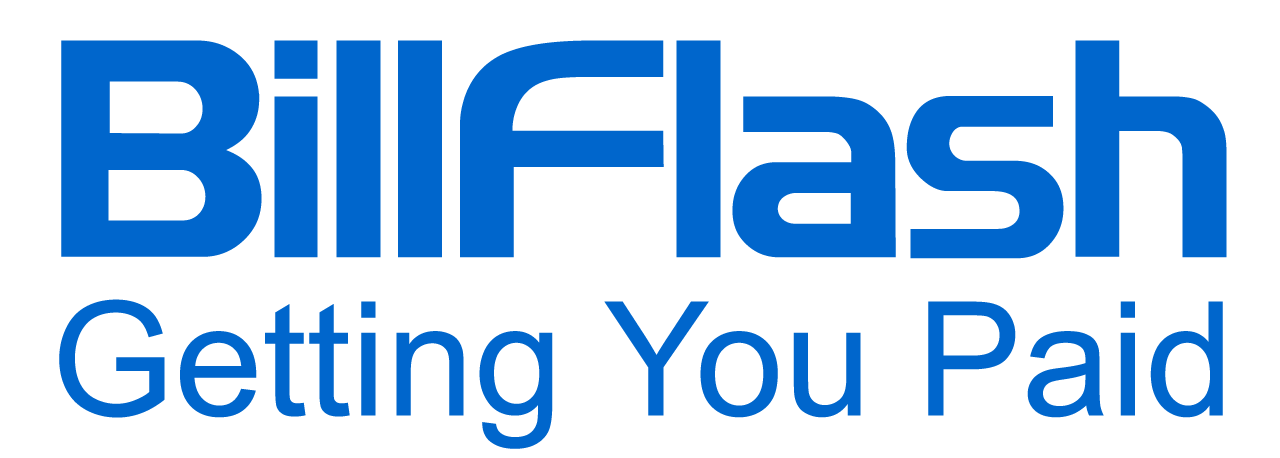Explore the 3 telltale signs that it's time to update your medical billing software.
When it comes to administrative functions, your medical billing software is the heart of your practice. No matter the size of the practice, the software solutions that you employ propel your revenue cycle forward. What happens when your software of choice becomes antiquated? The short answer? You lose revenue and the quality of your practice suffers.
Today, we're going to take a look at the precursory factors and telltale signs that your practice's billing software is overdue for an upgrade.
1. Your Billing Software Cannot Accept Your Customers' Preferred Payment Methods
The world is in a constant state of flux. Patient needs and preferences change continuously as new technology comes to the forefront and economic factors influence consumer trends. It's up to providers and practices to keep stride with the patients that they serve, especially when it comes to payments and billing.
Your chosen medical billing software must have an inherent level of flexibility in order to accommodate patient preferences when it comes receiving statements and making payments. It's in your office's best interests to embrace a billing software that is capable of sending statements by mail as well as electronically through text and email to meet the needs of all your patients.

Additionally, if you find yourself telling your patients that you do not accept their preferred form of payment, you might need a more agile billing software capable of accepting a broader range of payment methods. Whether they are looking to pay via the holy trinity of classical payment types, cash, check, or credit/ debit card, or they prefer a more expedient and modern method such as a digital wallet, the bottom line is the easier it is for a patient to pay, the more likely you are to collect payment.
According to Becker's Healthcare Review, 70% of all patients say that the US healthcare industry is monolithic in how difficult it makes customer payments. As a result, an overwhelming number of patients (65%) use ease of payment as a deciding factor in whether or not to stay with their current provider. If your existing billing software can’t accommodate in-office, over-the-phone, mailed payments, and online payments through a patient payment portal, it’s time to reconsider your current billing platform.
The consumer end is one thing; insurance is another. The world of insurances and governmental programs is filled to the brim with complexity. Your medical billing software has to be flexible enough to accurately reflect payments that are received from various payment models such as MACRA, IPPS, and traditional Medicare, as well as a host of other reimbursement schemata so that your customers understand their outstanding financial obligations.
2. You are Spending a Disproportionate Amount of time on Administrative Tasks
If your medical billing software isn't firing on all cylinders, it may be time to seek a replacement product, especially one that helps your administrative staff to optimize their time. Billing functions should be quick, routine, and automated whenever possible. In fact, according to a recent CPMG case study, practices that automate their daily workflows reduce bill processing time by an incredible 48%. According to Healthcare Finance, workflow automation may save the US healthcare system a staggering $16 billion per year.

If you find that your practice is expending extra time and effort on administrative tasks, it can eat into your bottom line. Fortunately, there are clear indicators that you and your staff are overburdened by administrative functions. Let's look at a few examples.
- If both the bill generating process and the collection process regularly exceed an appropriate time frame, your software solution might be outdated. Billing has to run like clockwork in order to keep operating costs in check.
- If you find an increasing amount of billing errors that require direct staff intervention in order to fix, then it might be time to upgrade your tech stack. Your billing software has to work in concert with an increasingly complex array of inputs, otherwise you'll spend extra administrative time fixing billing problems.
- For those practices still using analog methods, it helps to understand the costs involved. For example, it costs $2.63 on average for every statement you send out in-house. That's not including the time spend involved as you tie up printers and other office infrastructure and resources during bill printing.
- Worst of all, if you find your current billing software to be obtuse and difficult to train new staff on, it may be time to seek a new product. Medical billing software should be intuitive and easy to use, ultimately easing the administrative burden on your office staff.
3. Your Medical Billing Software Doesn't Make Life Easier
Running your own practice is a matter of multitasking on a continual basis. You have to be both a small business owner as well as a physician. Keeping your business both prosperous and oriented toward the future is no easy task, especially in the current economy and changing regulatory climate. To that effect, your primary motivation for sourcing and implementing new technology is convenience.
If your chosen medical billing software isn't simplifying life for you and your staff, it's a clear sign that it's time to upgrade to a new software solution. Not only do you need it to handle the billing process cleanly and seamlessly, you also need it to be compliant with the latest laws, regulations, and industry best practices. Take HIPAA compliance, for example.
Every US-based practice is familiar with HIPAA regulations; we defer to them each and every day to protect our patients and their vital health information. As a set of regulations, however, HIPAA is a living, breathing document. It changes over time to keep pace with societal norms. You and your practice cannot afford to be caught unaware when those regulations change. Sifting through legalese and resources such as CMS is one way to stay abreast of the changing regulatory landscape, but why not let your billing software simplify things?
Don't forget about security. You have a responsibility to your patients to protect their information. If your software solution doesn't include robust and evolving security measures, it's time to find a new solution.
Exploring New Software – BillFlash by NexTrust
The market is filled with billing software solutions of all shapes, sizes, and varying degrees of quality. It's hard to know which product will fit your practice's specific needs. BillFlash by NexTrust checks every box listed above while remaining flexible and adaptable for future use.
The BillFlash suite offers a full-featured set of billing, payment, and collections solutions as well as revenue cycle management services for practices that want a hands-off process for managing their billing, claims, and payment process. BillFlash fits seamlessly into your existing tech stack, featuring easy integration with over 100 different practice management applications. Our software solutions include one-on-one implementation and training, as well as fast and friendly customer service based in the United States.
When you’re ready to explore a more efficient way to handle medical billing, contact us to schedule a demo of BillFlash. It will be the last medical billing software you’ll ever need to invest in.

